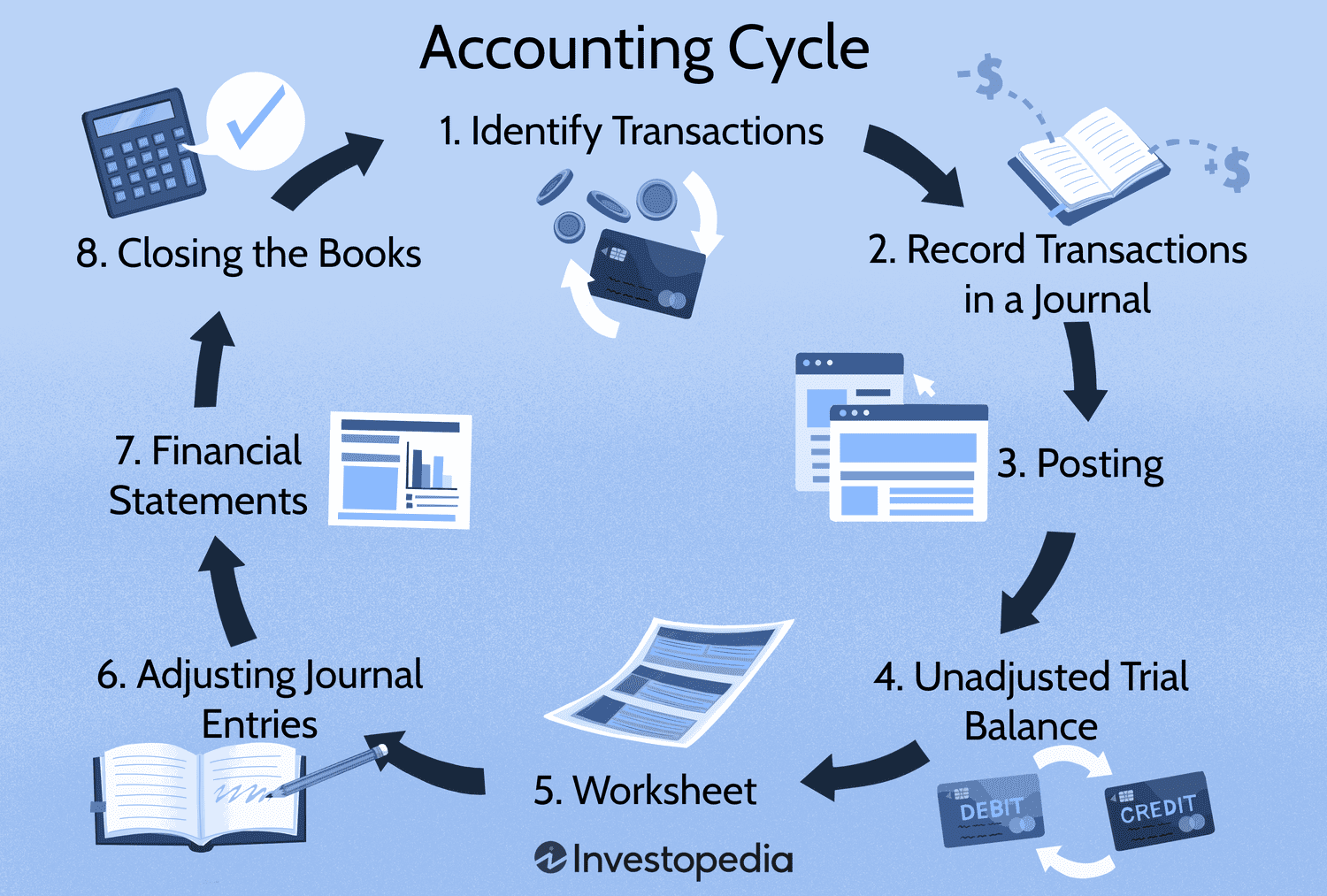How to Increase Domain Authority (DA) – Step-by-Step Guide

Domain Authority (DA) is a metric developed by Moz to predict how well a website will rank on search engines. It ranges from 1 to 100, with higher scores indicating greater ranking potential. Increasing your DA requires improving various SEO factors, including backlinks, content quality, technical SEO, and website performance.
Step 1: Get High-Quality Backlinks
Why?
Backlinks from authoritative sites signal to search engines that your website is trustworthy and valuable.
How to Do It?
- Guest Posting: Write high-quality articles for authoritative blogs in your niche and include a backlink to your site.
- Broken Link Building: Find broken links on high-authority websites and suggest your relevant content as a replacement.
- Skyscraper Technique: Improve upon existing high-ranking content and reach out to sites linking to the original to link to your improved version.
- HARO (Help a Reporter Out): Respond to journalist queries with expert insights to earn high-quality backlinks from news websites.
- Business Directories & Citations: Submit your website to high-authority directories like Google My Business, Yelp, and industry-specific directories.
Step 2: Publish High-Quality Content
Why?
Search engines prioritize fresh, valuable, and relevant content that satisfies user intent.
How to Do It?
- Conduct Keyword Research: Use tools like Google Keyword Planner, Ahrefs, or SEMrush to identify keywords with high search volume and low competition.
- Write In-Depth Content: Create long-form, well-researched articles that provide actionable insights. Aim for 1500+ words if needed.
- Update Old Content: Refresh outdated articles with new statistics, examples, and improved readability.
- Use Engaging Media: Include images, videos, infographics, and interactive elements to enhance user experience.
- Optimize for Readability: Use short paragraphs, bullet points, headings, and a clear structure to improve readability.
Step 3: Improve Internal Linking Structure
Why?
Internal linking helps distribute link equity (SEO value) across your website and improves navigation for users and search engines.
How to Do It?
- Link to High-Authority Pages: Link your new content to existing authoritative pages on your site.
- Use Descriptive Anchor Text: Instead of “click here,” use keyword-rich phrases relevant to the linked page.
- Avoid Orphan Pages: Ensure every important page is linked to from other pages within your website.
- Follow a Logical Structure: Use a silo structure where related pages are grouped together under a primary category.
Step 4: Optimize On-Page SEO
Why?
On-page SEO ensures that your content is easily understood by search engines and ranks higher in search results.
How to Do It?
- Optimize Title Tags & Meta Descriptions: Include target keywords while keeping them compelling and under character limits.
- Use Header Tags Properly: Structure your content using H1, H2, and H3 tags to improve readability and SEO.
- Optimize Images: Compress images and add alt text to improve page speed and accessibility.
- Improve URL Structure: Keep URLs short, descriptive, and keyword-rich (e.g.,
example.com/increase-domain-authority). - Add Schema Markup: Implement structured data to enhance rich snippets in search results.
Step 5: Enhance Website Speed & Performance
Why?
Fast-loading websites rank higher in search results and provide a better user experience.
How to Do It?
- Use a Fast Hosting Provider: Choose a reliable hosting provider with good server response times.
- Enable Caching: Use browser and server-side caching to reduce page load times.
- Optimize Images: Compress images using tools like TinyPNG or ShortPixel.
- Minify CSS, JavaScript & HTML: Reduce file sizes using tools like Autoptimize or WP Rocket.
- Use a Content Delivery Network (CDN): Distribute your website’s content across multiple servers to load faster globally.
Step 6: Strengthen Technical SEO
Why?
Technical SEO ensures search engines can crawl and index your website efficiently.
How to Do It?
- Fix Crawl Errors: Use Google Search Console to identify and resolve crawl errors.
- Implement HTTPS: Ensure your website has an SSL certificate for security and improved rankings.
- Create & Submit XML Sitemap: Submit your sitemap to Google Search Console for better indexing.
- Use a Mobile-Friendly Design: Ensure your site is responsive and optimized for mobile users.
- Fix Duplicate Content Issues: Use canonical tags and avoid duplicate pages.
Step 7: Build Brand Authority & Social Signals
Why?
Strong brand recognition and social engagement can indirectly boost domain authority.
How to Do It?
- Be Active on Social Media: Share valuable content and engage with your audience on platforms like Twitter, LinkedIn, and Facebook.
- Encourage Social Sharing: Add share buttons on your blog posts and website pages.
- Engage in Online Communities: Participate in Quora, Reddit, and niche forums to establish authority.
- Collaborate with Influencers: Work with industry influencers to promote your content.
Step 8: Reduce Spammy & Low-Quality Backlinks
Why?
Toxic backlinks from spammy sites can harm your domain authority and SEO performance.
How to Do It?
- Use Google Search Console & Ahrefs: Identify harmful backlinks using backlink analysis tools.
- Reach Out to Webmasters: Request removal of bad backlinks where possible.
- Disavow Toxic Links: Use Google’s Disavow Tool to remove spammy backlinks from influencing your ranking.
Step 9: Increase Website Engagement & User Experience
Why?
Higher engagement metrics like low bounce rates and high dwell time signal to Google that your site provides value.
How to Do It?
- Improve Website Navigation: Ensure users can find information easily with a clear menu structure.
- Use Engaging CTAs (Calls to Action): Encourage users to interact with your content.
- Reduce Popups & Intrusive Ads: These negatively impact user experience and SEO rankings.
- Improve Readability: Use fonts, colors, and formatting that enhance readability.
Step 10: Be Patient & Monitor Progress
Why?
Increasing domain authority is a long-term process that requires continuous improvement.
How to Do It?
- Use Moz DA Checker: Track your Domain Authority score regularly.
- Monitor Backlinks: Use Ahrefs, SEMrush, or Moz to analyze backlink growth.
- Analyze Traffic & Engagement: Use Google Analytics to measure organic traffic, bounce rate, and user behavior.
- Adjust Your Strategy: Regularly update your SEO approach based on performance data.
Final step
Increasing Domain Authority is a gradual process that requires a mix of quality content, technical SEO, link-building, and user experience optimization. By following these steps consistently, your website will gain credibility, higher rankings, and more organic traffic over time.
Would you like a checklist or a strategy plan tailored to your website’s needs? 😊






